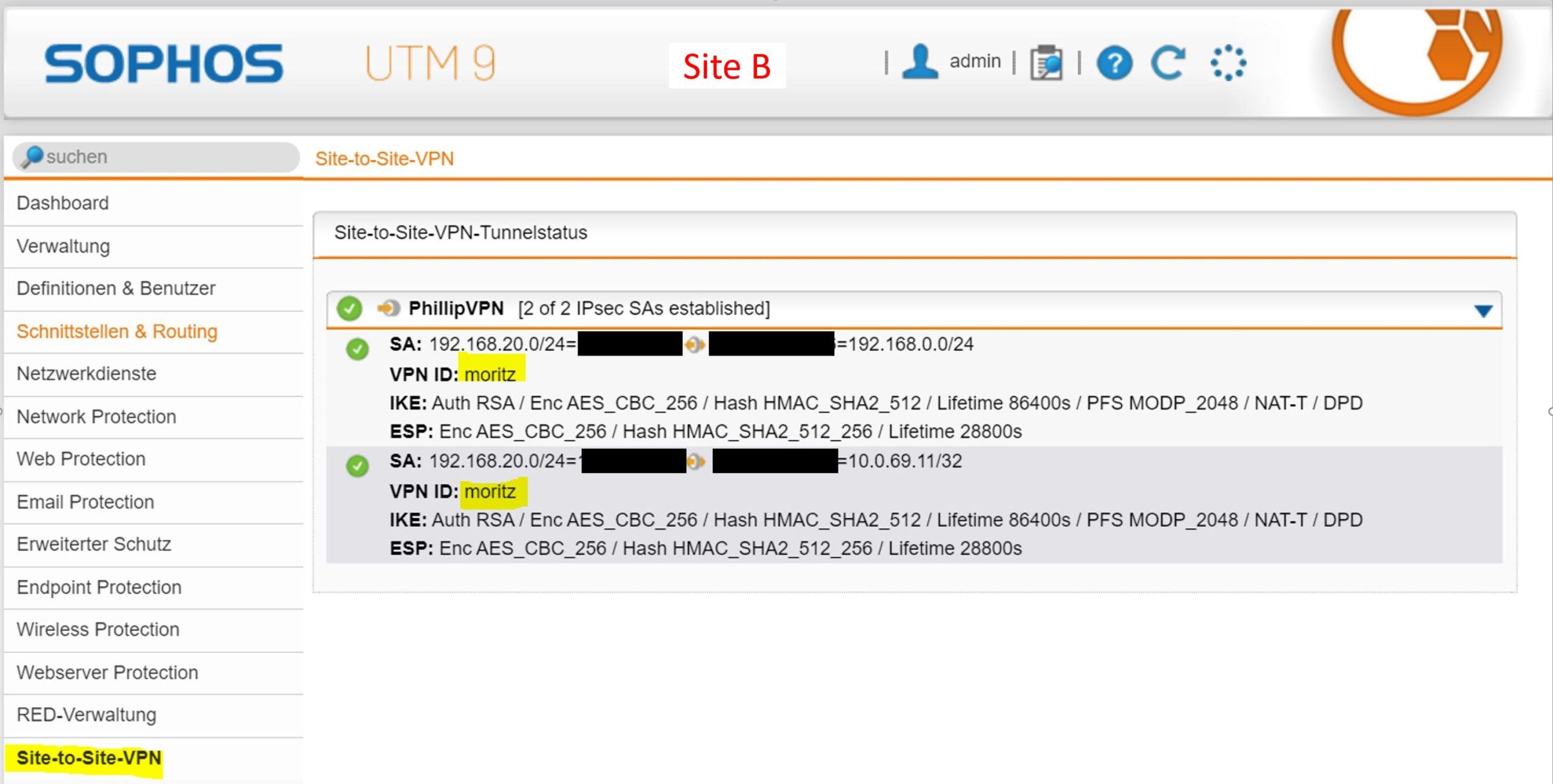
You should see a success status message in the bottom left, (see Figure 2-2).
#Sophos cyberoam ssl vpn client password
For example, if the user has an AD password of Esa123 and an OTP of 999111, you should type Esa123999111. When prompted for a password, append the OTP generated by the ESA Mobile Application to your AD password. Make sure that you are using a user with Mobile Application 2FA using ESA enabled. Shared Secret: Your RADIUS server shared secret (see Figure 1-1).Server IP: The IP address of your ESA RADIUS Server.


If your appliance communicates via IPv6, use that IP address along with the related scope ID (interface ID). The IP address is the internal IP address of your appliance. Configure the IP Address and Shared Secret for the Client so that they correspond to the configuration of your VPN appliance.Give the RADIUS client a memorable name for easy reference.Click the hostname, then click Create New Radius Client.Navigate to Components > RADIUS and locate the hostname of the server running the ESA RADIUS service.To allow the Cyberoam® device to communicate with your ESA Server, you must configure the device as a RADIUS client on your ESA Server: If you wish to utilize other Client type, refer to generic description of Client types and verify with the vendor if the VPN appliance supports it. Remote Networks: Select the hosts/networks that will be accessed on the remote Sophos Firewall through the tunnel.This integration guide utilizes Client does not validate user name and password Client type for this particular VPN appliance.Local Networks: Select local hosts/networks to be given routed through the tunnel.Configure it to an IP address that will not conflict with other hosts such as a private IP address. Use static virtual IP address: Use this if a dynamic physical IP address is being used.(Example: The Washington server for the Washington-Dallas Tunnel) Description: A detailed description about the server.Connection Name: The logical name for the tunnel, this will be the name of the tunnel created.

Go to VPN > SSL VPN and click Add under Server heading.

Go to Hosts and Services > IP Host and click Add to create remote LAN.Go to Hosts and Services > IP Host and click Add to create local LAN.Configuring SSL VPN will help users in the LAN area of two Sophos XG firewall devices to communicate with each other.Ĭonfiguring SSL VPN Server on Sophos Firewall 1 Add local and remote LAN.According to the diagram we have two Sophos Firewall 1 and Sophos Firewall 2 devices, we will configure SSL VPN Site-to-Site with Sophos Firewall as a SSL VPN Server and Sophos Firewall 2 as a SSL VPN Client.


 0 kommentar(er)
0 kommentar(er)
